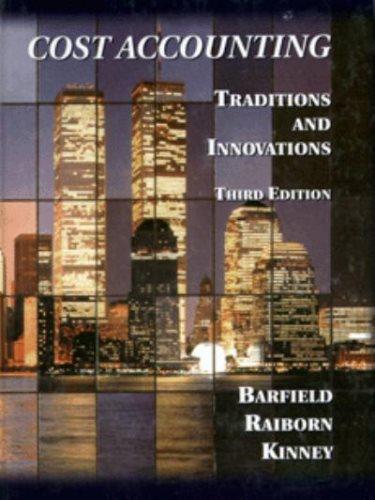(Strategy execution) Gulf Pharmaceutical manufactures prescription drugs for hu mans and animals. The company was formed in...
Question:
(Strategy execution) Gulf Pharmaceutical manufactures prescription drugs for hu¬ mans and animals. The company was formed in 1940, and over the next 5 5-plus years grew to become one of the largest pharmaceutical companies in the United States. In 1996, the company’s sales were $4.5 billion and its net income was $350 million. Although the company has some foreign operations, domestic pro¬ duction and sales account for over 90 percent of current sales and profits. In the United States, the company’s operations are divided into two operating divisions, Human Products and Animal Products.
The president of Gulf, Maxine Green, has been increasingly concerned about the growth rate of the firm and the inability of the firm to develop mar¬ ketable products using emerging biotechnology. Ms. Green has expressed doubts about whether the firm has adequately invested in research and development for biotech products and whether her division managers are too short-term in their planning and decision priorities. As she has been in the process of analyzing this problem, she has gathered the following facts that she feels could be related to the problem.
* Decision making at Gulf Pharmaceutical is decentralized. Division managers have the authority to make most major decisions involving operations and investment. There is some review of capital expenditures at the corporate level, but only rarely are decisions of division managers questioned.
* Division managers are paid a base salary plus a bonus based on the amount of annual profit generated. For the most recent year, 1997, each division man¬ ager earned a bonus roughly equal to 1 percent of net divisional profits. There is no incentive pay that is linked to market share of products, sales revenue, or stock price.
■ Both divisional managers are about 55 years old and will probably retire before age 65.
■ Competitive success in the drug industry relies principally on R&D efforts and the ability to bring products to market before competitors.
■ The company reported record profits in 1990. Since that time its profits have been stagnant.
a. From the preceding discussion, what is the apparent mission (build, hold, or harvest) of the two divisions of Gulf Pharmaceutical as implied by Ms. Green’s findings? Explain.
b. Do the two division managers hold a different view of their divisional missions than that held by the company’s president? Explain.
c. Using concepts discussed in this chapter, identify the causes for the failure of the company’s two divisions to invest in biotechnology product development.
d. What recommendations would you make to Ms. Green to address the problems that you identified in part c?
LO2
Step by Step Answer:

Cost Accounting Traditions And Innovations
ISBN: 9780538880473
3rd Edition
Authors: Jesse T. Barfield, Cecily A. Raiborn, Michael R. Kinney





